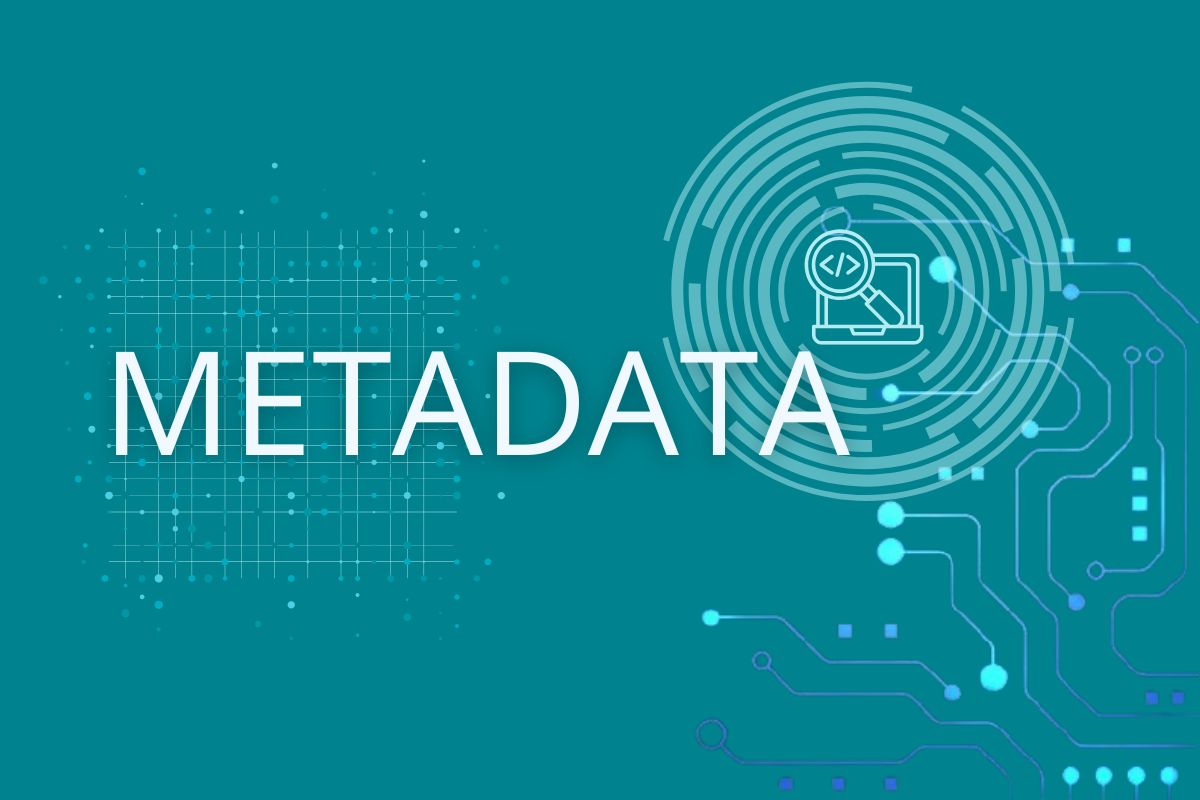
Have you ever been curious about the details hidden within your digital files—like how a photo from your vacation was tagged with the exact date and location, or how your documents hold clues about their creation? This hidden information is known as metadata. It's like a behind-the-scenes guide that provides essential details about your files without altering their content. But what is metadata exactly? How can understanding it benefit you in managing and protecting your files? Let's find out!
Definition of Metadata
Metadata is essentially data about data. It provides context and additional information about other data, helping both humans and machines understand and manage it better. Metadata isn't the content itself but provides crucial details that help in organizing and interpreting it.
Types of Metadata
Metadata comes in several types, each serving different purposes.
The three primary types include:
- Descriptive Metadata: Describes the content and helps in discovery. For example, the title, author, and keywords associated with a document.
- Structural Metadata: Details how data is organized. In the case of a book, it could be chapter titles and page numbers.
- Administrative Metadata: Includes information on the creation, management, and preservation of data, such as file type, creation date, and access rights.
Why is Metadata Important?
- Organization and Indexing: Metadata helps categorize and index data, making it easier to search and retrieve information efficiently.
- Enhanced Discoverability: It improves the discoverability of data by providing detailed descriptions and keywords, allowing users to find relevant information quickly.
- Data Management: Metadata facilitates data management by keeping track of data attributes, formats, and relationships, making it easier to maintain and update.
- Security and Compliance: It plays a critical role in data security and compliance, ensuring that sensitive information is properly handled and accessible only to authorized users.
- Provenance and Tracking: Metadata helps track the origin and changes of data, providing a clear history and ensuring data integrity.
- Improved User Experience: By providing context and details, metadata enhances the user experience, helping users understand and use the data more effectively.
Metadata in Digital Media
Metadata plays a crucial role in various forms of digital media.
Metadata in Images
Photos include EXIF (Exchangeable Image File Format) data that provides valuable details about the image. This can include information such as the camera model, shutter speed, aperture, focal length, and even the location where the photo was taken. By examining this metadata, you can gain insights into how and where the photo was captured.
Online tools, such as Metadata2Go, allow you to view all this hidden information by simply uploading your photo. The tool reveals the EXIF data embedded in your images, helping you access details like date, time, and geolocation.
If you want to remove all metadata or edit it before sharing your images online, you can easily do so using Metadata2Go's Metadata Remover and Metadata Editor tools—no installation or registration required.
Metadata Data in Documents
Documents also contain metadata, which can include information such as file size, date of creation, author, and the software used to create or edit the document. This metadata helps in managing and organizing documents and can be crucial for tracking changes or identifying the origin of the file.
Metadata viewers can reveal all embedded metadata, providing a comprehensive look at the document's properties and history.
Video Metadata
Videos, much like photos, include metadata that provides details about the content and technical aspects. This metadata can reveal information such as the location where the video was shot, the codecs used, and details about the video and audio streams. Common container formats like AVI and MP4 store this metadata, which is essential for ensuring compatibility and proper playback on various devices and platforms.
Metadata from Audio Files
Audio files often contain metadata that includes details like the artist's name, album title, track number, and genre. This metadata helps media players organize and display music accurately. By using online tools or media management software, you can view and edit this metadata to ensure your audio files are correctly categorized.
Privacy Concerns
Understanding metadata is crucial for privacy. Metadata can reveal sensitive information such as the location where a photo was taken or personal details embedded in documents. Knowing and managing your file's metadata helps protect your privacy and ensures that you control what information is shared.
Periodically audit and remove unnecessary or sensitive metadata from files. This helps in minimizing exposure of personal or confidential information.
In Conclusion
Metadata is a vital component of modern data management, providing essential context and enhancing our ability to organize and retrieve information. As technology continues to evolve, staying informed about metadata trends and best practices will be crucial in navigating the ever-expanding digital landscape.